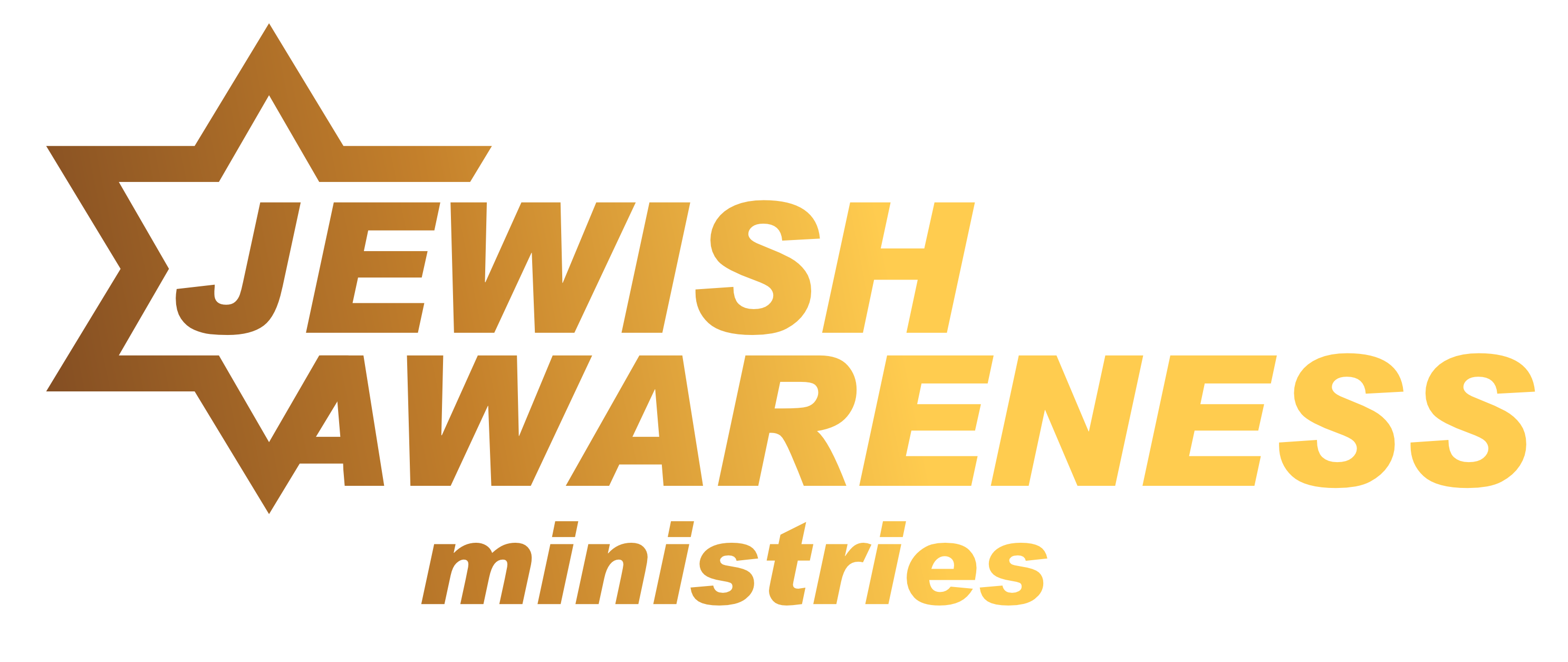by Arlene Berg
ROSH HaSHANAH – Hebrew for “HEAD OF THE YEAR” or “NEW YEAR” – JEWISH NEW YEAR.
From sundown Wednesday, September 20, 2017, to sundown on Friday, September 22, 2017 Jewish people worldwide will observe Rosh HaShanah, one of their most important holidays. This is Tishri 1 and 2 in the Jewish calendar. Jewish people believe that this is their New Year, but actually it is not referred to as “Rosh HaShanah” in Vayyiqra (Leviticus) 23:24 and Bemidbar (Numbers) 29:1 from which it is taken. Rather, it is referred to as “a memorial (or day) of blowing of trumpets.” The name “New Year” is not found in the Hebrew Scriptures, and in only one place do the Hebrew words “Rosh HaShanah” occur – Yechezqel (Ezekiel) 40:1. Here it is translated as “beginning of the year.”
The Jewish holiday in Vayyiqra 23:24 and Bemidbar 29:1 is really the Feast of Trumpets. It was the Rabbis who, in the 10th or 11th century, said that God created the world on the first day of Tishri (7th month in Hebrew calendar when Rosh HaShanah is observed). Because of this, the Rabbis said that the first day of Tishri is the beginning of the year. God, though, states in Shemot (Exodus) 12:2 that, “This month shall be unto you the beginning of months; it shall be the first month of the year to you.” This was the first month in the Hebrew calendar – Nisan – when Pesach, or Passover, occurred. To try to reconcile the two New Years, Judaism says that the religious New Year is in Nisan and the civil New Year is in Tishri. God says, though, that the New Year is in Nisan and that the other holiday is “a memorial of blowing of trumpets.”
On Rosh HaShanah the shofar, or ram’s horn, is blown in the synagogue. It is blown as a reminder of God’s grace to Abraham when God commanded Abraham to offer the ram in the place of his son, Isaac. Because of this, the binding of Isaac in Genesis 22 is read in the synagogue on Rosh HaShanah. The blowing of the shofar also reminds the Jewish people that the Day of Atonement (Yom Kippur) is coming 10 days after Rosh HaShanah and that they need to have their sins forgiven. The blowing of the shofar is a call to repentance.
The Talmud, the foremost Jewish commentary, says that three books are opened before God on Rosh HaShanah. For the coming New Year, the names of the righteous are immediately inscribed in the Book of Life, the wicked are inscribed in the book of death, and the names of those Jewish people who are neither very wicked nor very righteous are inscribed in the third book. This intermediate group of Jewish people have a chance to repent and make things right with God during the 10 days between Rosh HaShanah and Yom Kippur so that their sins will be forgiven on Yom Kippur. One of the ways they do this is by asking forgiveness of those whom they have wronged during the year. They believe God will not forgive them on Yom Kippur if they have not sought the forgiveness of the ones whom they have wronged – very Scriptural!
Jewish people will go the synagogue on both days of Rosh HaShanah and recite many, many prayers for forgiveness from their High Holiday Prayer Book. On the first day of Rosh HaShanah, religious Jewish people go the the banks of a river or other body of water and shake their pockets or garments over the water while they recite Micha (Micah) 7:19 – “Thou wilt cast all their sins into the depths of the sea . . .” This ceremony is called “Tashlikh” (guttural “kh”) since “Tashlikh” in Hebrew means “Thou wilt cast.” It is interesting that this Scripture says that God casts the sins into the depths of the sea and not man!
Jewish people send Rosh HaShanah cards to relatives and friends. Many of them say “May you be inscribed for a good year!” (in the Book of Life). Apples are eaten dipped in honey, symbolizing a desire for a sweet New Year. Honey cake is also eaten.
If you know someone who is Jewish, why not send him or her a Rosh HaShanah card expressing your well wishes? They do not have to be sent out in time for Rosh HaShanah, but can be sent during the 10 days between Rosh HaShanah and Yom Kippur, as well. Jewish people really appreciate cards, and you will probably get a card or phone call in response (sometimes even a Rosh HaShanah card!). Also, this may open up opportunities for a witness. Rosh HaShanah cards are sold in any store that sells other greeting cards or you can send a Rosh Hashanah e-card from Jewish Awareness Ministries website.
Won’t you pray for Jewish people as they observe Rosh HaShanah from September 28-30. How we long for them to have their names inscribed in the Lamb’s Book of Life (Daniel 12:1; Revelation 13:8; 21:27) and to have a brand new, abundant life in Yeshua HaMashiach, Jesus the Messiah, in the New Year (II Corinthians 5:17; John 10:10)!
“. . . and at that time thy people shall be delivered, everyone that shall be found written in the book.”
– Daniyyel (Daniel) 12:1b.
“And there shall in no way enter into it anything that defileth, neither he that worketh abomination, or maketh a lie, but they who are written in the Lamb’s book of life.
– Revelation 21:27.
